CBD oil, like many consumable products, has a finite shelf life, typically ranging from one to two years.
Understanding the factors that affect its longevity can help ensure you get the most out of your CBD product and keep it fresh for as long as possible.
5 Key Factors Influencing CBD Oil’s Shelf Life
- Quality of the Product
The overall quality of CBD oil is a critical factor in determining its shelf life. Products derived from high-quality hemp, grown in optimal conditions, tend to have a longer shelf life. Superior growing conditions, such as the absence of pesticides and the use of organic farming practices, contribute to the plant’s quality.
Additionally, the quality and purity of other ingredients in the CBD oil, such as carrier oils and flavorings, play a significant role in the product’s longevity. High-quality CBD oil is often free from contaminants and has a stable cannabinoid profile, which helps maintain its effectiveness over time.
- Extraction Process
The extraction method used to obtain CBD from the hemp plant significantly affects the oil’s stability and shelf life. The carbon dioxide (CO2) extraction method is widely regarded as the best for producing high-quality CBD oil.
This process is efficient in extracting cannabinoids and terpenes while leaving behind impurities and solvents. CO2-extracted CBD oil tends to have a higher concentration of cannabinoids and remains stable and potent for a longer period.
Other extraction methods, such as ethanol or solvent extraction, may introduce impurities or degrade the cannabinoids, reducing the product’s shelf life.
- Ingredients
The composition of CBD oil, including any flavorings and additives, impacts its overall shelf life. Each ingredient has its own shelf life, and those with shorter durations can reduce the overall longevity of the product.
Generally, CBD oils with simpler formulations and fewer ingredients tend to last longer. Checking the product label and certificate of analysis (COA) can provide valuable information about the ingredients and their quality.
The COA, issued by a third-party lab, confirms the absence of harmful substances and verifies the cannabinoid content, ensuring that the product is safe and effective.
- Packaging
The packaging of CBD oil plays a crucial role in preserving its quality and extending its shelf life. Dark-colored, airtight glass containers are commonly used for CBD oil to protect it from exposure to air and sunlight.
Ultraviolet (UV) light and oxygen can accelerate the degradation of cannabinoids, leading to a loss of potency and effectiveness.
Dark glass bottles help block harmful UV rays, while airtight seals prevent oxygen from entering and causing oxidation. Some manufacturers also use amber or cobalt blue glass to provide additional protection against light exposure.
- Storage Conditions
Proper storage is essential to maintaining the potency and freshness of CBD oil. Heat and light can speed up the degradation process, so storing CBD oil in a cool, dark place is recommended.
The ideal storage temperature is typically between 60-70°F (15-21°C). Storing CBD oil in a pantry, cupboard, or drawer away from direct sunlight and heat sources can significantly extend its shelf life.
Refrigeration is also an option, especially in warmer climates, but it’s important to ensure the oil does not freeze, as this can affect its consistency and efficacy. Additionally, keeping the bottle tightly sealed when not in use helps prevent air exposure and oxidation.
Signs of Expired CBD Oil
Despite having an expiration date, several sensory indicators can help determine if CBD oil has gone bad:
- Smell: Fresh CBD oil has an earthy, pleasant aroma. If it smells skunky or off, it has likely expired.
- Consistency and Color: CBD oil should be clear. If it appears thick, murky, or dark, it may have degraded.
- Taste: Fresh CBD oil tastes nutty, earthy, or grassy. If it tastes rancid, it’s likely past its prime.
Effects of Expired CBD Oil
Using expired CBD oil is unlikely to cause illness, but its therapeutic effects will diminish as the cannabinoids degrade over time.
This means you won’t experience the full benefits of CBD oil if it has expired.
9 Storage Tips for Prolonging CBD Oil Freshness
To maximize the shelf life and maintain the quality of CBD oil, follow these essential storage tips:
- Original Packaging
- Importance: Keeping CBD oil in its original airtight, dark glass bottle is crucial. Dark glass protects the oil from UV light, which can degrade cannabinoids and terpenes, while the airtight seal prevents oxidation.
- Recommendation: Avoid transferring the oil to other containers to maintain its integrity.
- Avoid Heat and Cold
- Placement: Keep the oil away from windows, radiators, air conditioners, and stoves. Heat can break down the oil, while extreme cold can cause it to thicken or separate.
- Practical Advice: Establish a designated storage spot in your home that remains consistently cool and stable.
- Cleanliness
- Prevent Contamination: Always use a clean dropper or spoon to extract oil. This practice helps prevent bacterial contamination and preserves the oil’s purity.
- Tip: Consider using disposable droppers or utensils for single-use applications to ensure cleanliness.
- Temperature Control
- Ideal Range: Store the oil at room temperature, ideally between 60 to 70°F (16 to 21°C). Extreme temperatures can alter the oil’s chemical composition and efficacy.
- Tip: If you live in a climate with fluctuating temperatures, consider using a temperature-controlled environment for storage.
- Dark Storage
- Optimal Locations: Place the oil in a dark area away from light, such as a pantry, cupboard, or closet. This minimizes exposure to light that can lead to degradation.
- Additional Tip: Avoid transparent containers and store the bottle in a drawer if necessary.
- Batch Testing and Expiration Dates
- Quality Assurance: Always check the batch testing results and expiration dates provided by the manufacturer. Batch testing ensures consistency and quality across different production runs.
- Importance: Understanding the expiration date helps you gauge the oil’s expected shelf life and effectiveness.
- Seal Properly
- Post-Use Protocol: Always close the bottle tightly after each use. This action prevents air from entering the bottle, which can lead to oxidation and spoilage.
- Reminder: Develop a habit of checking the seal every time you use the oil.
- Manufacturer’s Recommendations
- Guidelines: Following the manufacturer’s storage and usage guidelines is essential. They often provide specific instructions tailored to their product’s formulation.
- Advice: Check the label or accompanying documentation for any special storage instructions.
- Carrier Oils
- Impact on Shelf Life: The type of carrier oil used in the CBD product can significantly influence its shelf life. Common carrier oils include:
- Coconut Oil: Known for its stability and long shelf life, making it a popular choice.
- Hemp Seed Oil: While nutritious, it has a shorter shelf life than coconut oil.
- Olive Oil: Offers good stability but may have a shorter shelf life depending on quality.
- Recommendation: Consider the carrier oil’s stability when selecting a CBD product, as it contributes to the overall longevity of the oil.
Bottom Line
While CBD oil does expire, understanding the factors that influence its shelf life and following proper storage guidelines can help maintain its potency and freshness for the typical duration.
Choosing a high-quality product and storing it correctly will ensure you get the most out of your CBD oil.
If you come across a forgotten bottle, a quick sensory check can determine if it’s still good to use or if it’s time to dispose of it.


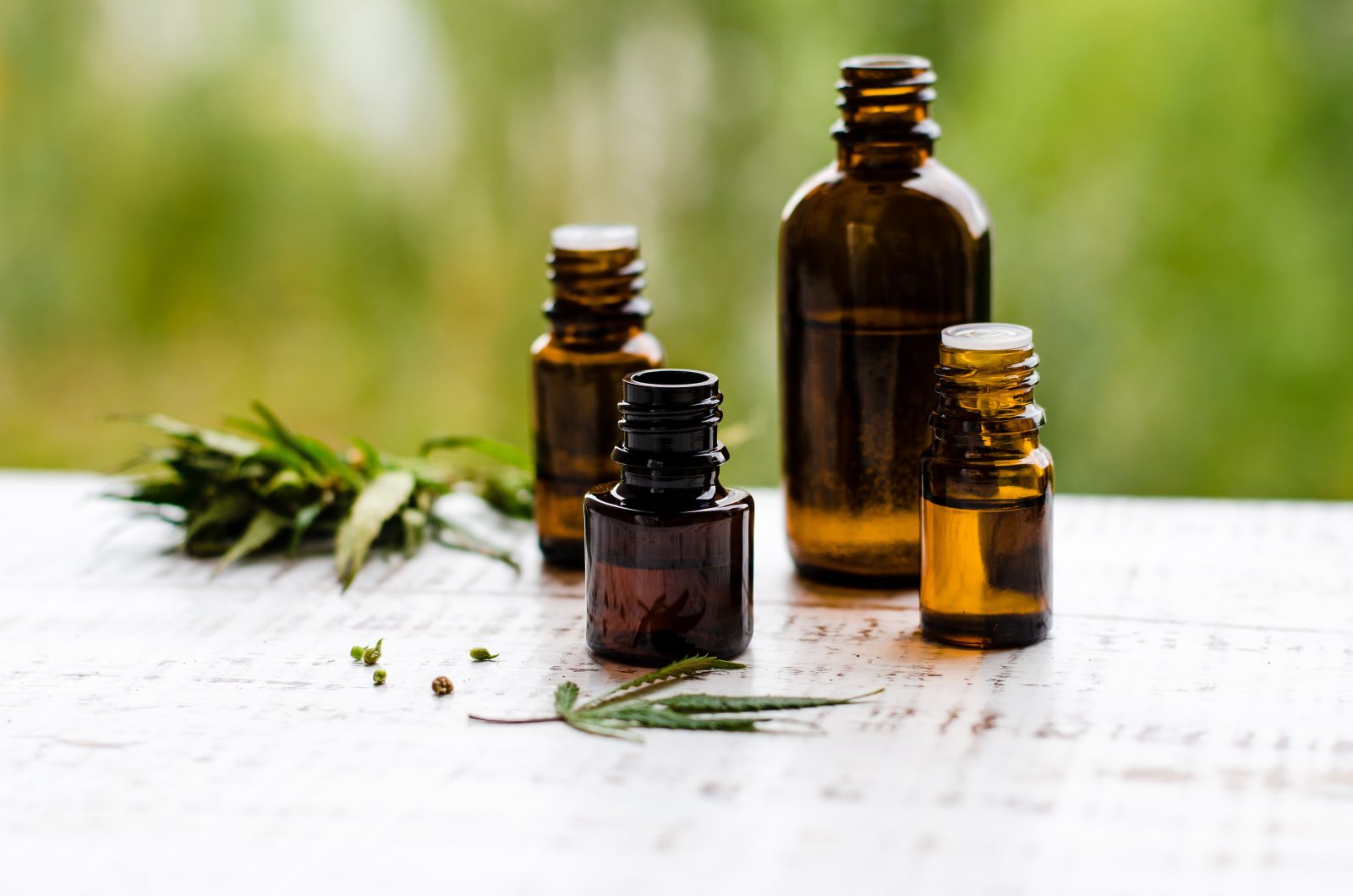
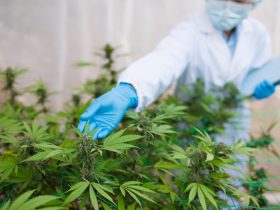








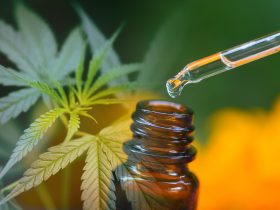

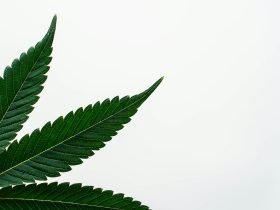
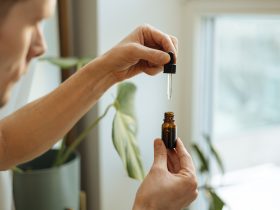
Find Us on Socials